Basic Resume Writing Tips
It’s all about first impressions when it comes to resumes. Just as a website has mere seconds to capture a visitor’s attention before they hit the back button, a resume has basically the same amount of time to draw interest before it’s moved to the trash. Your resume needs to have all the bells and whistles to get the job done. It’s the most important part of your job search and your first – and maybe only – chance to present yourself to a potential employer. So you need to make every second count by optimizing your resume for the initial scan, the second round, and the interviews.
We’ve put together a list of resume writing recommendations to help you get noticed and land the interview.
10 Resume Writing Recommendations
1. Stick to a Simple Format
It’s important to make your resume as easy to read as possible, and that starts by choosing a format that’s easy on the eye. Create sections using headers, subheaders and bullets. Bold headers and job titles so that they immediately jump out. Use a classic, clean layout, which is simple to scan.
2. Vary Fonts, but Don’t Get too Creative
An aesthetic resume is best. I recommend using only two different fonts, any more than that is hard on the eye and distracting. I also advise keeping with the classics: Cambria, Arial, Calabri, Garamond, Georgia, Helvetica, Times New Roman and Verdana. Avoid heavily stylized fonts.
3. Trim Superfluous Content
How long your resume is really depends upon level of experience. If you are in the workforce 1-10 years, you should keep your resume to one page. Beyond that, it can be 1-2 pages. So you really need to make the most of your landscape. That means omitting extra, non-relevant content like an objective section and references, as well as stopping yourself from providing too much information on hobbies and interests or short term positions. For more information on what to exclude, read our blog What Not to Put on a Resume.
4. Tailor Resume to Job Position
We cannot stress this enough! No recruiter wants to see a generic resume. They want to know that you took the time to really understand and demonstrate how you are a good fit for the position. You can show them that you are the right person for the job by customizing your resume for the position to which you are applying. Review the job posting for the relevant keywords and then pepper them throughout your resume – but do so naturally. Make sure your resume hits on all the key qualifications that the employer is looking for.
5. Include a Professional Summary.
Directly below the contact information (name, address, phone number, email address, and professional profile link) at the top of the resume, we recommend adding a Professional Summary. Think of this as your elevator pitch. What do you want potential employers to know about you? Write a short paragraph or a few bullets that highlight your achievements and skills, along with why you would be a good culture fit. Be sure to include keywords from the job description to really make your resume stand out.
6. Use Action Verbs
When writing your resume, avoid using I, Me, We. Instead, focus on action verbs like spearheaded, achieved, capitalized, drove and exceeded. Indeed has provided a long list of terms to help you.
7. Demonstrate Results
In following the action verbs suggestion, don’t just say what you did, show them by providing information on the results you have achieved. Use numbers and metrics to give recruiters a clear sense of what you have accomplished.
8. Catch Typos
Read over your resume, then read it again, and again. Ask others to read it over for you. You want to make sure there are no spelling or grammar errors, or any other typos, such as spacing, font, and alignment.
9. Make Your Resume ATS Friendly
Many companies use applicant tracking software to do the initial resume scan. This software looks for keywords and set qualifications, among other things, which just underscores the importance of customizing the resume, as well as making it easy to read. To help these bots pass the resume on to a human, follow the recommendations above and also create a copy of the resume in simple text format.
10. Be Honest
While you may be tempted to, don’t stretch the truth. It will only come back to haunt you. Employers run background checks. In addition, your lies could become obvious when you start work.
After your resume is complete, ask yourself the following questions:
- Does the resume include the key information from the job description that the recruiter will be looking for, i.e., degree, certification, experience?
- Does it highlight your achievements over tasks?
- Does your career path make sense for the position?
- Do you fit the company’s culture and if so, have you noted that?
Don’t send out your resume until you have answered yes to each question.
 En Español
En Español








